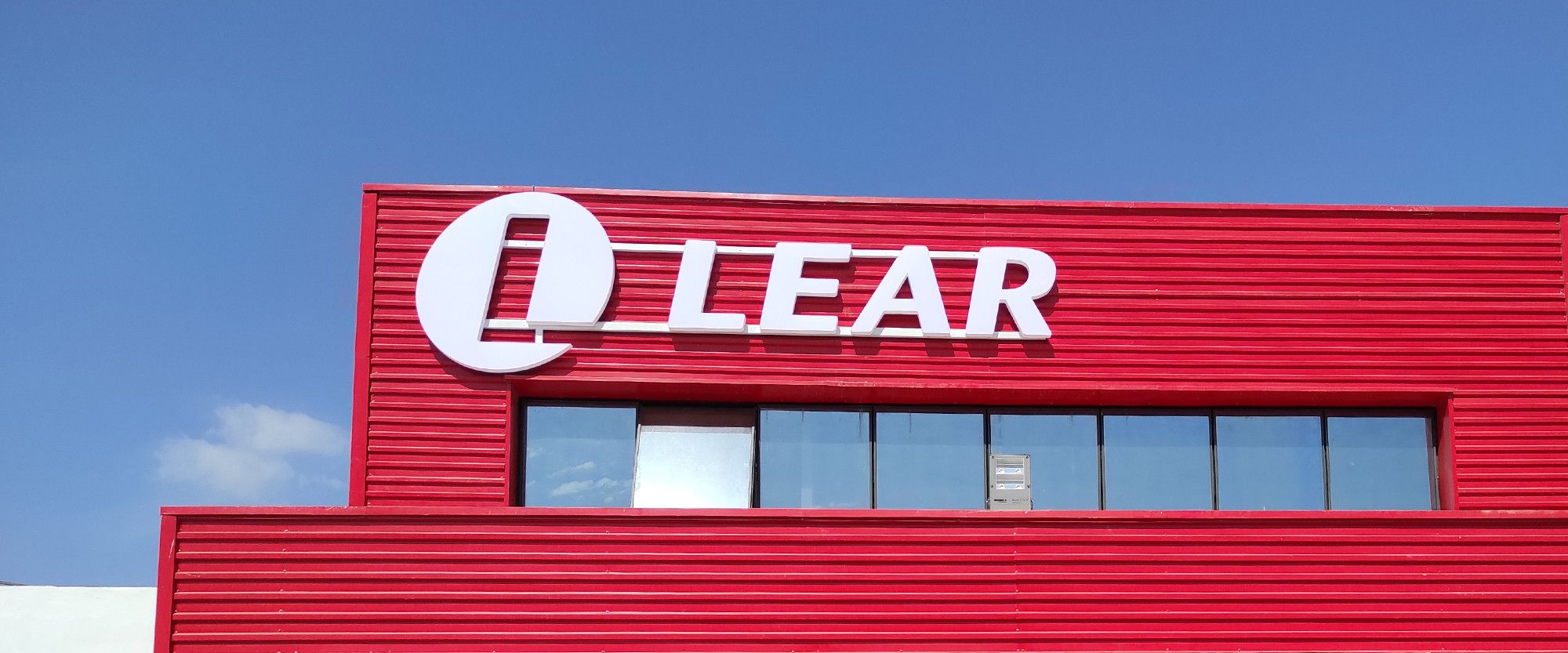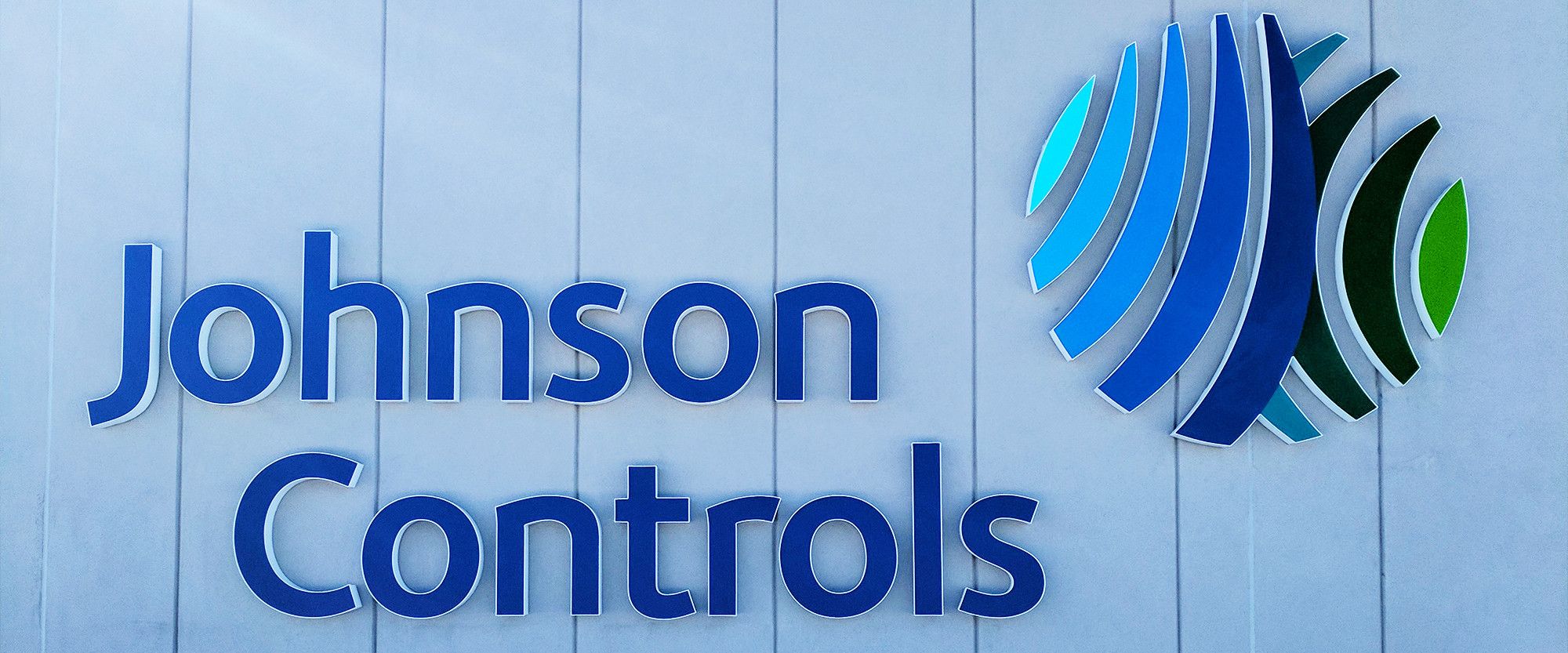
Timeframes and deadlines - how we make sure our corporate sign rollouts are delivered on time, every time
- Learn how we deliver complex global brand rollouts on time, every time - across countries, continents, and time zones.
- Discover the importance of milestone planning and rigorous site surveys to avoid delays and hidden surprises in global brand rollouts
- See how our experience with tight deadlines and global logistics ensures seamless brand transitions - even under challenging conditions.
- Understand how we manage large-scale brand rollout programmes through precise scheduling, cost transparency, and local market insight.
- Explore real-world examples of global brand rollouts from clients like Johnson Controls, Adient, Clarios, and NTT - and how Pearce Signs solved unexpected challenges fast.
- Find out how our global client portal and contingency planning keep stakeholders aligned and projects moving - even in times of crisis.



